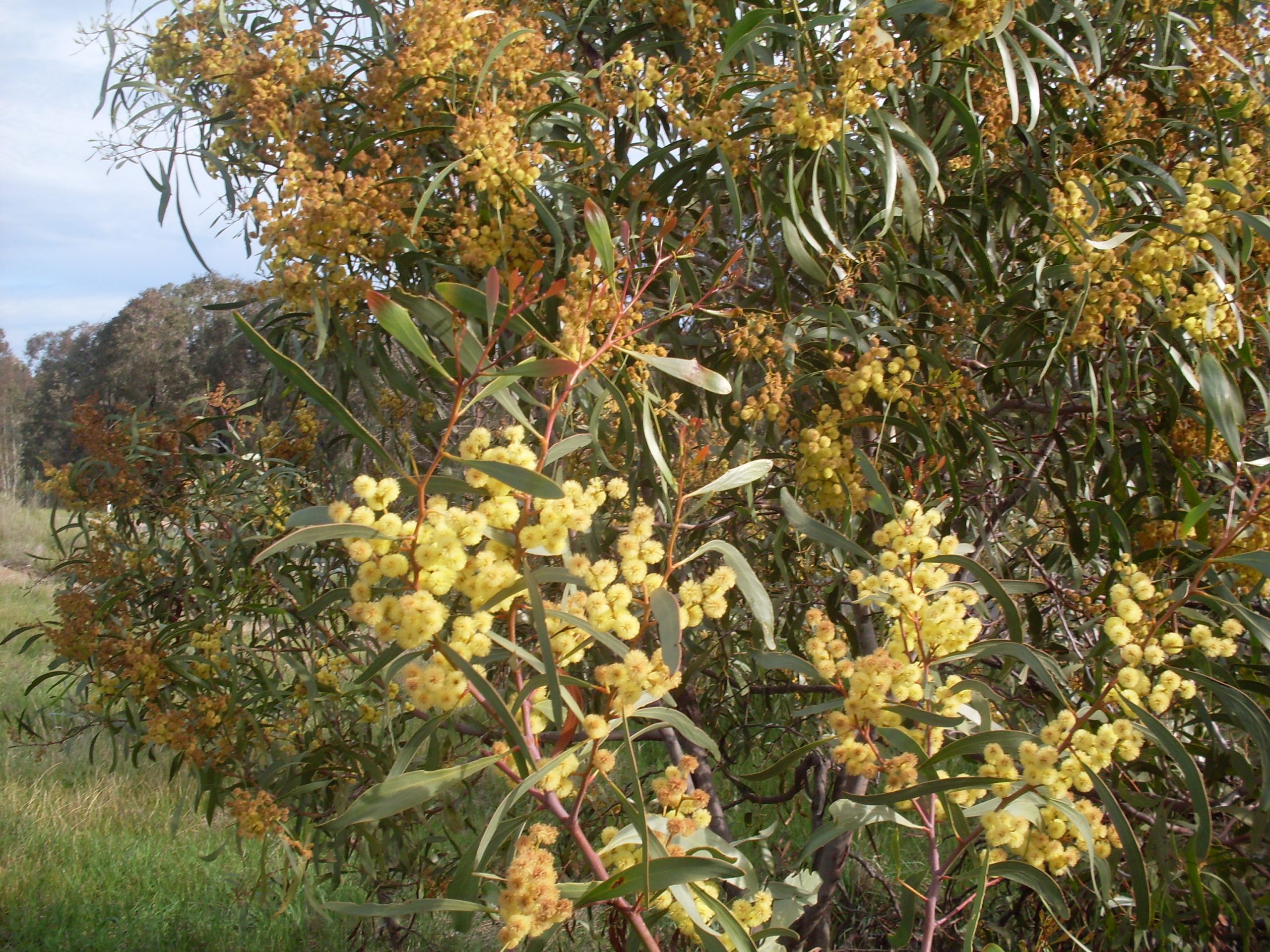Human usage in the native range may determine future genetic structure of an invasion
Quantifying the amount of genetic diversity and how it is distributed within and between populations (genetic structure) has become a major focus in invasion biology. Population genetic structure can be useful as a proxy for the introduction history of a species, e.g. to differentiate between multiple introductions vs. single introductions.




